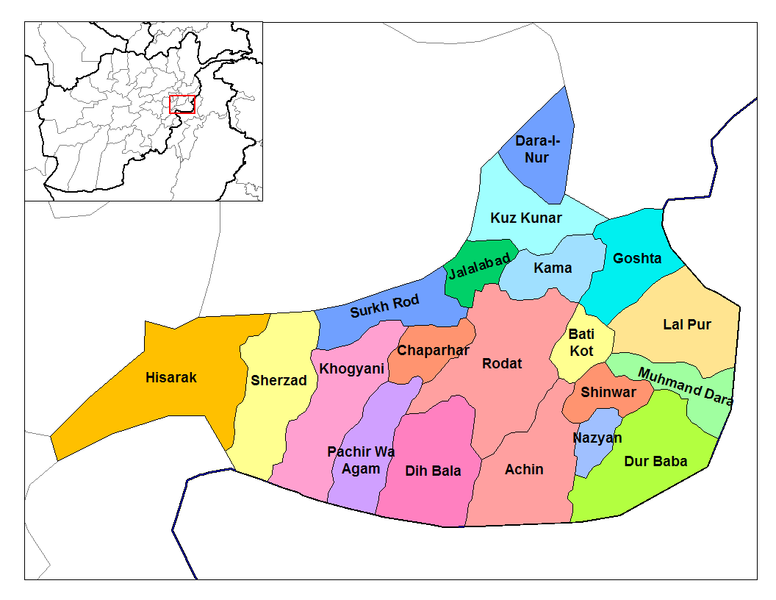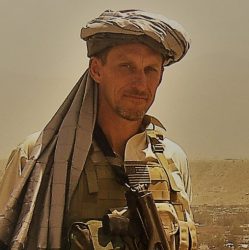This post is over ten years old an being reposted to support a new post about the loss of two Green Berets there yesterday.
Afghanistan is slipping rapidly towards a state of anarchy. The security situation has degraded to the point where the lavish force protection measures adopted by the Department of State Regional Security Officers and the U.S. Military seven years ago now seem prudent. Media reports attribute the decline to a resurgent Taliban movement in Pakistan combined with the explosion in illegal drugs and a corrupt ineffective central government. Many of my colleagues and I believe the crippling of the reconstruction effort by unreasonable risk aversion based security rules has more to do with the current instability than anyone sitting in Washington would care to contemplate let alone admit.
It is easy for those not directly involved in the U.S. effort to highlight and criticize programs which have failed to delivery any quantifiable sign of improvement after years of effort and billions spent on poorly conceived off the shelf solutions. One example; we have spent over 2.5 billion dollars on a police training program which has produced nothing positive on the ground. The Afghan National Police are amongst the least trusted national institutions in Afghanistan with a well earned reputation for corruption and criminal behavior. Similar criticisms could be leveled at every other U.S. Department of State program running in Afghanistan but criticizing is always easy, especially when armed with 20/20 hind sight. In the Marines we had a saying which went something like “if you don’t have a solution you are part of the problem.” In that spirit a group of friends and I been working on finding solutions.
My colleagues and I believe that it is not too late to get effective aid and a permanent presence on the ground in districts currently slipping away and have a rare opportunity to present our views to a few decision makers. This concept paper has taken up most of the week and part of this concept required obtaining a little ground truth which is a good story. Our start point was a dialogue with the Maliks of Sherzad district to try and determine why the area was losing ground so quickly. The term Malik is used in Pashtun tribal areas for tribal leaders. Maliks serve as de facto arbiters in local conflicts, interlocutors in state policy-making, tax-collectors, heads of village and town councils. Although they do not officially represent the district government (they are part of a larger board) they do speak for the people.
Sherzad district is part of what is known as the “Southern Triangle” in Nangarhar Province. This is one of the areas where we have lost ground over the last year. The Sherzad district administrative center has been attacked three times in the past month by AOG fighters. IED discoveries and attacks are routine, night letters are frequently reported, as are other acts of intimidation. This district is the closest point of the southern triangle to our guesthouse and many members of our staff are from there. Finding out what is happening and why may add some weight to our concept paper but is also critical in determining our ability to remain in the Taj and operate the way we do. As the situation in Afghanistan continues to degrade identifying decision making trigger points for determining when to significantly increase our security posture or pull out altogether becomes more and more important.

We took over our primo guesthouse “The Taj” last December from a UN Ops subcontractor (PSS) who had been in this compound for the past three years while building roads deep into the southern triangle. I tagged along on one of their road missions last November all the way to the village of Wazir which is at the foot of Tora Bora in Khogyani district. PSS was a team of Australian and New


